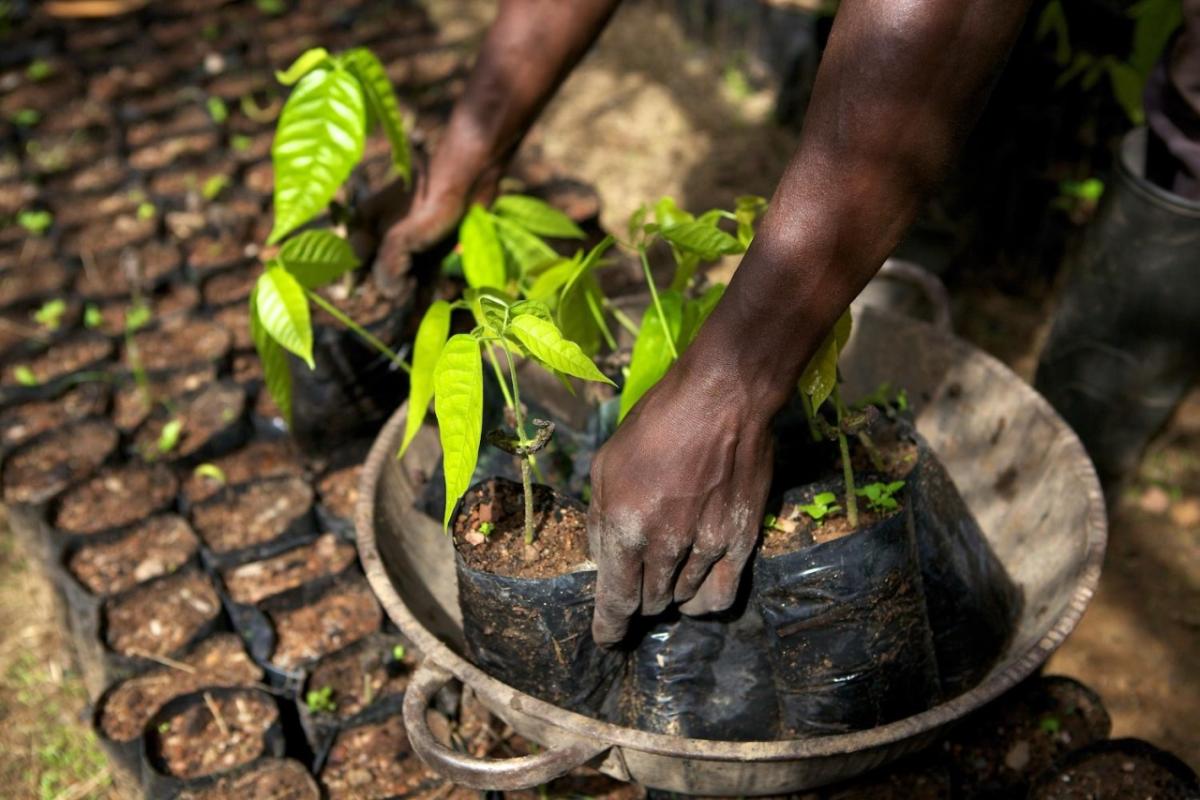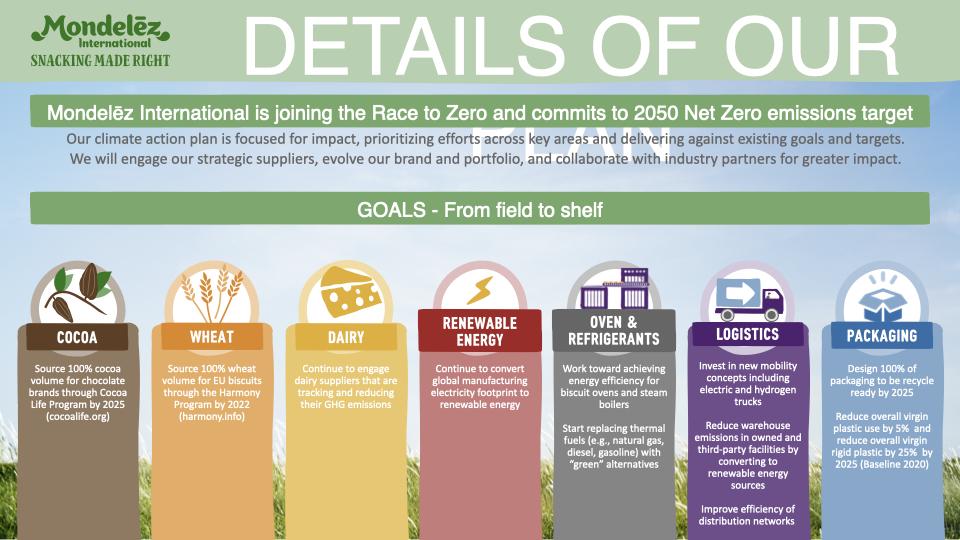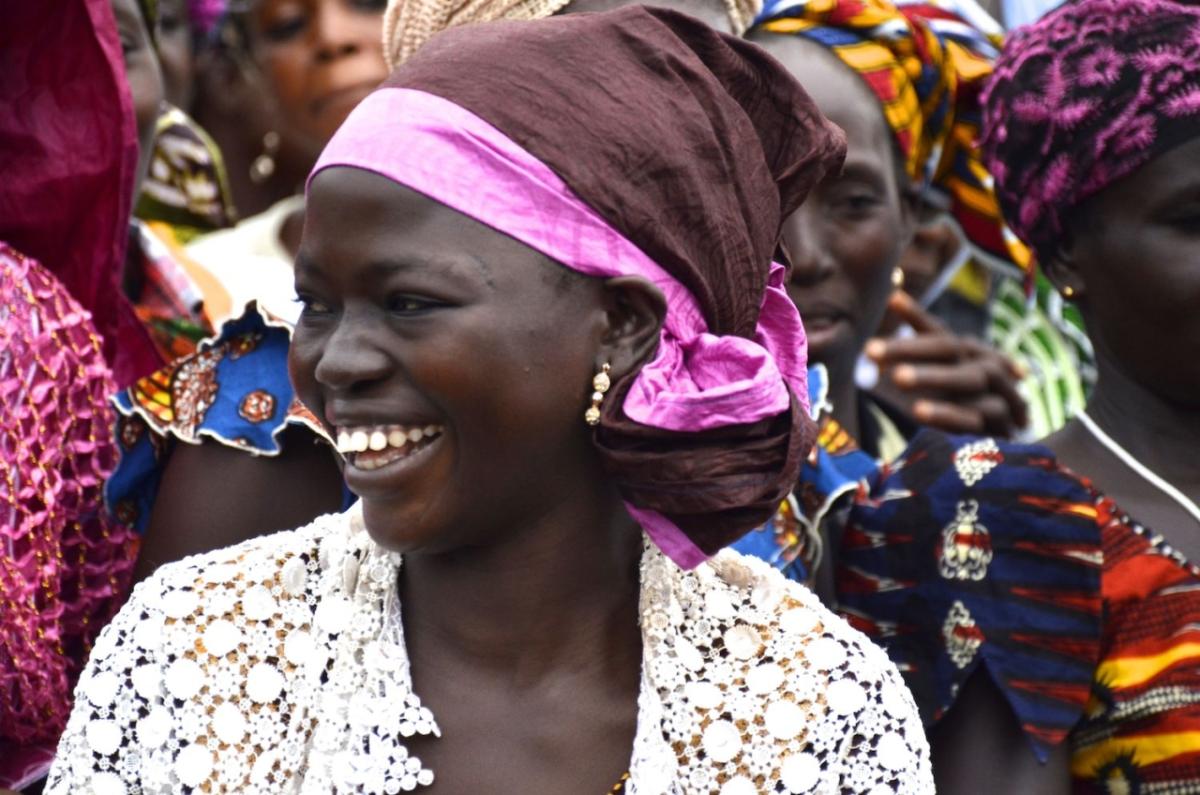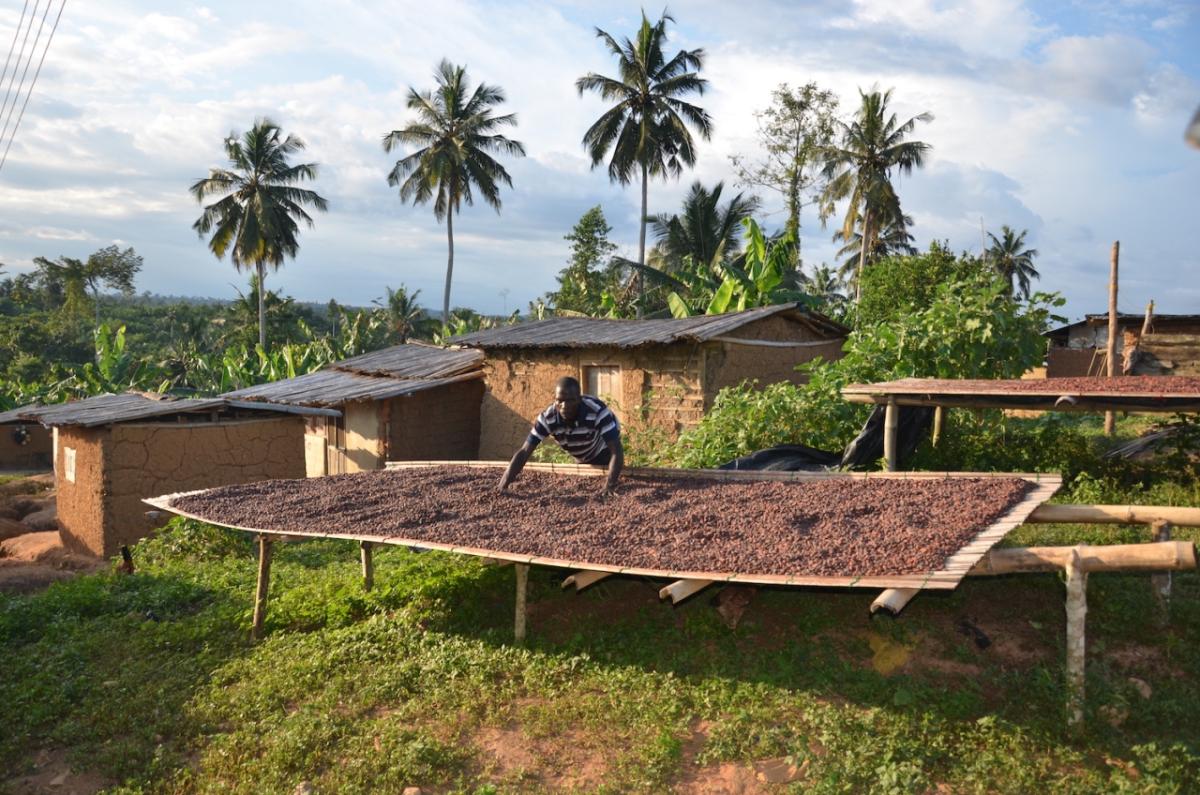From Farm to Shelf: Mondelēz International Targets Net Zero Across the Value Chain By 2050
Words by Kate Zerrenner
Originally published by TriplePundit
With the holidays on the horizon, many shoppers around the world are filling their baskets with Cadbury chocolate. Meanwhile Mondelēz International, parent company to Cadbury Dairy Milk as well as other brands such as LU Biscuits, Oreo and Toblerone, recently committed to reach net-zero greenhouse gas emissions across its supply chain by 2050, including targets for cocoa ingredients.
What’s in the net-zero plan
In 2020, Mondelēz International set a science-based target to reduce its absolute end-to-end greenhouse emissions (“from farm to shelf”) by 10 percent by 2025, compared to a 2018 baseline. Previously, it had aimed to reduce emissions in its manufacturing operations by 15 percent by the end of 2020, and after meeting that goal upped its commitment to include a wider scope across the supply chain.
This new goal raises the target once again with an aim for net-zero emissions across the entire supply chain. The net-zero target aligns with the company’s signing on to the United Nations Framework Convention on Climate Change Race to Net Zero initiative, which intends to mobilize businesses, governments and investors to achieve net-zero emissions by 2050 in line with the Paris Climate Agreement’s goal to limit global temperature rise to 1.5 degrees Celsius above pre-industrial levels.
In order to meet its long-term goals, Mondelēz International set ambitious targets within different components of its supply chain — for example, sourcing 100 percent of chocolate and wheat through the company’s sustainable ingredient programs: Cocoa Life and Harmony Program, respectively. Other targets include increasing energy efficiency in biscuit ovens and steam boilers and reducing food waste by 15 percent in manufacturing and 50 percent in distribution.
“We focus on where we can have the biggest impact”
Unlike many other industries, the bulk of emissions from a consumer packaged goods (CPG) company like Mondelēz International do not come from owned manufacturing or operations. Most are Scope 3 emissions: indirect upstream and downstream emissions within the value chain, and specifically those associated with agriculture. That means CPG companies have to work with their suppliers and the farmers who grow these raw materials in addition to government regulators and other stakeholders in the industry to make more sustainable ingredients available and scalable.
“We focus on where we can have the biggest impact that is relevant to our business,” Chris McGrath, vice president and chief of global impact, sustainability and well-being at Mondelēz International, told TriplePundit. “We’re one of the largest buyers of cocoa, for example, and it’s part of our footprint.”
About 70 percent of Mondelēz International’s footprint comes from agriculture, McGrath said. The company’s move toward net zero builds on previous initiatives aimed at improving the sustainability of key ingredients in a way that meets suppliers’ needs. To some extent, that is still how the company operates. “We had done a lot of work to know what was going on with the suppliers we were working with — for example, cocoa growers in Ghana,” McGrath said. “Then we learn as we go. We’re taking that approach with net zero: We’ve done a lot of work to know how we need to scale, and we’ll continue to publish more specific goals as we measure impacts.”
The company’s sustainable cocoa program, Cocoa Life, in particular is a cornerstone to this work. Launched in 2012, the program aims to address issues such as climate change, gender inequality, poverty and child labor in the cocoa industry, which is mostly located along the equator in West Africa. "We as a company can ensure have real impact to improve the environment and people’s lives,” McGrath said. “This is also a business strategy: We are one of the biggest chocolate and biscuit companies, and we need a strong supply chain from a company perspective and also from a people perspective.”
Cocoa Life works with cocoa farmers on the ground with a focus on improving their profitability, benefiting the surrounding community, and restoring and conserving forested areas. “We are in partnership with our suppliers in the program to adapt new agricultural practices to help farmers grow more cocoa on existing land,” McGrath explained. “We’ve always taken a holistic approach to help the farmers make a positive impact in terms of their livelihoods and also reduce carbon emissions. Continuing to partner with our suppliers is one of the levers to get to net zero.”
As such, one of the company’s primary net-zero goals is to source 100 percent of its cocoa from around 200,000 Cocoa Life Program farmers by 2025. “We train farmers with our suppliers on good environmental practices like providing shade trees,” McGrath said. “We’ve given out over 2 million shade trees, which have a positive environmental benefit and protect the cocoa seedlings, enabling the farmer to produce better and faster.” Beyond 2025, the company is looking to scale the work and lessons learned from the Cocoa Life Program.
Moving forward from COP26
Since most large CPG companies have global supply chains, the challenges they face stretch across country and industry lines. Like many of us, McGrath said she hopes the COP26 climate negotiations that wrapped earlier this month in Glasgow can build new bridges. “What I’m hoping comes out of the climate summit is more alignment amongst government and business,” she told 3p. “Moving from commitments and conversation into action, we need to work together to figure out the solutions. We need new innovations in agriculture.”
McGrath is co-chair for the Forest Positive Coalition of the Consumer Goods Forum, where 20 companies are working on solutions for forest-positive business. The cross-sectoral approach to collaboration gives her hope that she will see positive outcomes for agriculture and CPG supply chains. “I find it so meaningful to be able to bring the innovation that’s required,” she said. “Cocoa Life is one of our biggest innovation programs. We worked in partnership with suppliers and NGOs to create a solution that wasn’t there, and we’ve been scaling for nine years.”
But this is just the beginning, she said, and a more sustainable agricultural sector will require everybody working together. “We need government working to make the investments in innovation and install the infrastructure,” she said. “We need business to step up and work together. We need to mainstream regenerative agriculture.”
Images courtesy of Mondelēz International





